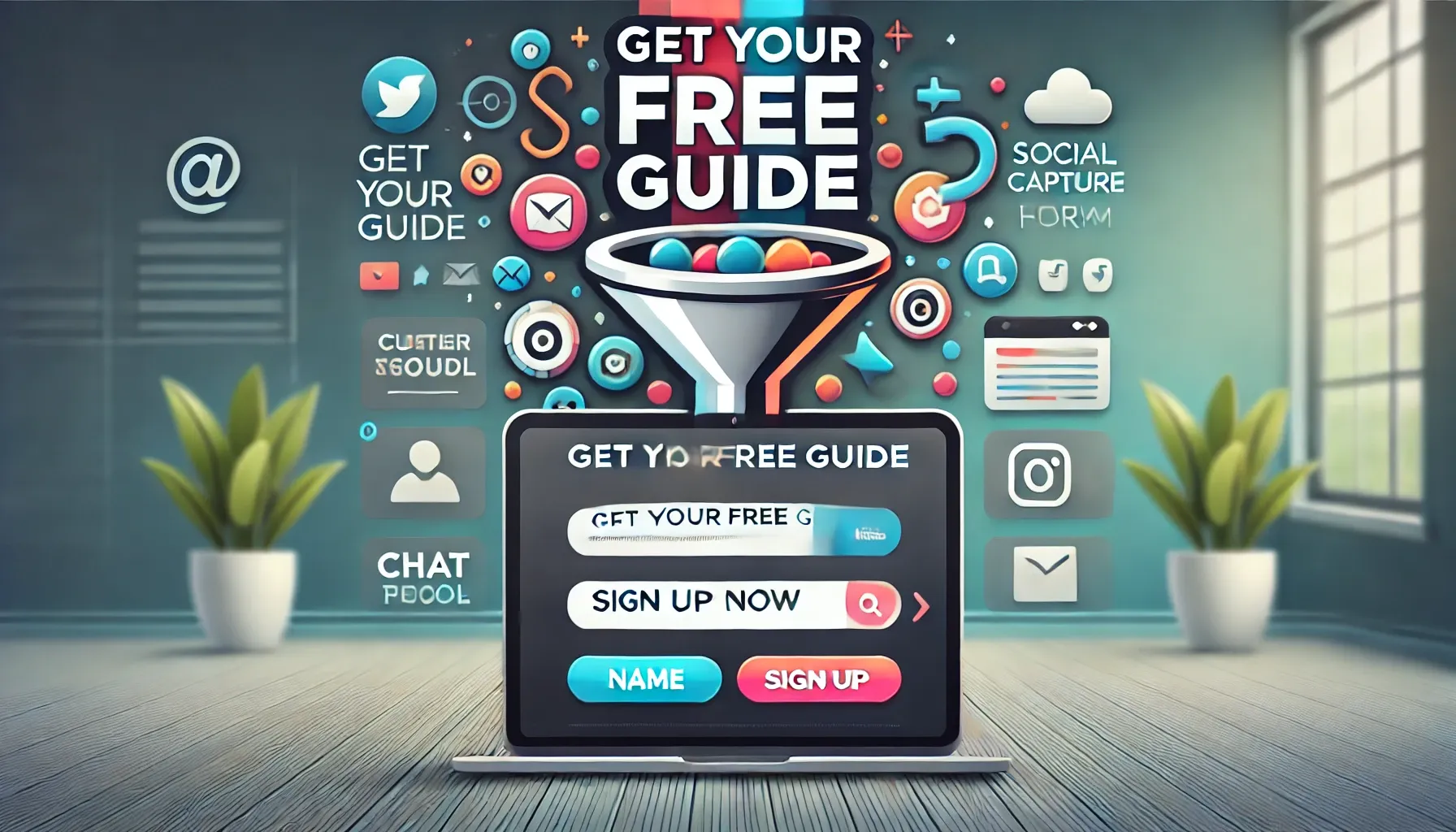
Generating leads from your website is one of the most important aspects of running a business online. If you’re wondering what "leads" are, think of them as potential customers who have shown interest in your products or services by providing their contact information (such as email, phone number, or social media handle). Once you capture these leads, you can follow up with them to build relationships, offer solutions, and eventually turn them into paying customers.
In this blog, we’ll break down how you can generate leads from your website in a way that’s easy to understand, even if you’re not a technical expert. Whether you’re a small business owner, freelancer, or entrepreneur, these methods can help you attract potential clients and grow your business.
A Call-to-Action (CTA) is a prompt that encourages visitors to take a specific action on your website, such as signing up for a newsletter or downloading a free guide. To generate leads, your CTAs should be:
A lead magnet is something valuable that you offer in exchange for a visitor’s contact information. People are more likely to share their details if they feel they’re getting something in return. Examples of lead magnets include:
These lead magnets work well because they solve problems for your audience, making them more willing to provide their email or phone number in exchange.
Your website layout and design should make it easy for visitors to engage with your CTAs and lead forms. Here’s how you can optimize your site:
Content marketing involves creating valuable, informative content that educates your visitors and positions you as an authority in your field. Examples of content that can generate leads include:
Content marketing helps build trust and keeps your visitors engaged, giving you more opportunities to capture leads.
When used correctly, pop-ups can be a powerful lead generation tool. These are small windows that appear on your website, offering something valuable in exchange for contact information. The key to using pop-ups effectively is:
Social proof is a psychological concept where people look to others for guidance on what to do. In the context of lead generation, social proof can help you build trust and encourage visitors to take action. Examples include:
By showing potential leads that others have benefited from your services, you increase their confidence in giving you their contact information.
Exit-intent pop-ups are special pop-ups that appear when a visitor is about to leave your website. These pop-ups are highly effective because they give you a last chance to capture leads before the visitor leaves. For example, you can offer a limited-time discount or a free guide to encourage them to stay and provide their contact details.
Your social media platforms are also great for lead generation. Here’s how:
Social media can drive traffic to your website and give you more opportunities to capture leads.
Adding a live chat feature to your website allows visitors to ask questions in real-time. You can use live chat to answer inquiries, offer help, and guide visitors towards taking the next step, such as scheduling a consultation or signing up for a free resource. This personal interaction increases trust and often leads to higher conversion rates.
To improve your lead generation efforts, it’s important to track what’s working and what’s not. Use tools like Google Analytics to monitor which pages are driving the most conversions and where visitors are dropping off. Regularly test different CTAs, forms, and content strategies to see what resonates best with your audience.
Lead generation doesn’t have to be complicated. By making small, thoughtful adjustments to your website and content, you can capture more leads and grow your business. From using clear CTAs to offering valuable lead magnets and leveraging social proof, the strategies in this blog are designed to help you succeed. With a little effort, your website can become a powerful lead-generation machine that attracts new clients and opportunities.
So, take the first step—optimize your website today and start generating more leads!

Don't miss out on the latest news and updates from Techmines Technologies LLP! Subscribe to our newsletter and stay up-to-date on our latest services, web development trends, SEO strategies, and much more. Sign up now and be the first to know!
India Address :
427 , 5 Square Point, M.V Circle,
opp. Anjani Green Party Plot, Jahangir Pura,
Surat, Gujarat 395005
Phone :081416 35874
Email :info@techmines.co.in
© 2024 Created By Techmines Technologies LLC